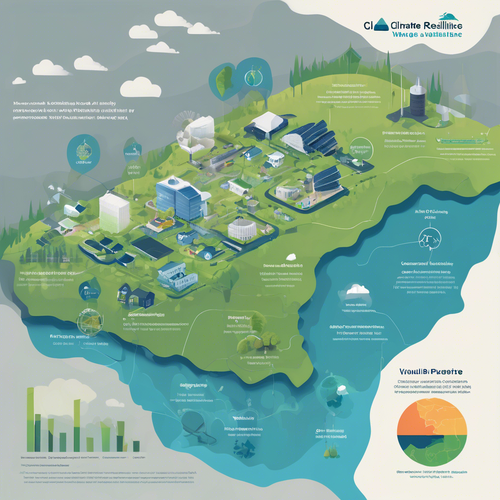Tragedy in West Virginia: Flash Floods Claim Lives and Displace Communities
In a rapidly unfolding tragedy, at least three lives have been lost to flash floods that struck West Virginia’s mountainous terrain, wreaking havoc across multiple counties. 🌧️ The emergency has left devastated families and communities grappling with the urgent need for aid as torrents of water surged through streets, sweeping away homes and blocking major highways. Local authorities are scrambling to respond, implementing rescue operations as they clear away debris and assess damage in the wake of this catastrophic event.
The National Weather Service (NWS) had issued severe flood warnings prior to the storm, with forecasts predicting heavy rains causing saturated ground conditions. In a state like West Virginia, characterized by its steep hills and river valleys, such weather events can escalate quickly into deadly occurrences. According to meteorological data, this year’s rainfall has already exceeded the historical norms, raising concerns over climate-related shifts that may contribute to more frequent and severe flooding events. 🌍
Disaster Strikes: A Community in Crisis
As residents of affected towns awaited news of loved ones, stories of resilience and heroism began to emerge. Emergency personnel worked overnight, deploying boats and helicopters in daring rescues while local volunteers opened shelters to accommodate those displaced by the floods. Witness accounts reveal harrowing scenes, such as residents clinging to treetops as water surged through their neighborhoods.
- Rapid Response Efforts: Local first responders were quickly joined by state National Guard units, marking a coordinated response. Their swift action not only saved lives but also provided a glimmer of hope during despair.
- Community Support: Shelters are not only offering refuge but also essential services, including food and medical assistance, as community spirit shines brightly even amidst disaster.
- Impact on Infrastructure: Major highways, including U.S. Route 60, experienced significant damage, with segments washed out. Officials are working tirelessly to restore access while warning residents of potential further mudslides in unstable areas.
The Bigger Picture: Climate Change and Natural Disasters
This tragedy raises the pressing question: are we prepared for the frequency and intensity of such weather events? Climate experts caution that regions like West Virginia are increasingly vulnerable to extreme weather due to climate change. According to a recent study by the Union of Concerned Scientists, heavy rainfall events have increased significantly in the last few decades, suggesting that communities need to implement more rigorous flood preparedness plans. 📈
“We are witnessing the impacts of climate change manifesting in real-time,” warns Dr. Naomi Peters, a leading environmental scientist. “It’s imperative that we not only respond to these tragedies after they occur but also invest in comprehensive strategies for mitigation and adaptation.” 🌿
Preparedness and the Road Ahead
The aftermath of this disaster reveals the importance of community preparedness. As residents begin to rebuild, state and federal emergency management agencies are tasked with reviewing current policies and enhancing response protocols to better combat future flooding risks. Suggestions being discussed include:
- Reinforcing Infrastructure: Investing in flood control measures, such as retention basins, to manage stormwater more effectively.
- Public Awareness Campaigns: Educating communities about emergency plans and evacuation routes to minimize loss of life.
- Environmental Restoration: Initiatives such as reforestation and wetlands restoration that can absorb excess rainfall and mitigate flood severity.
As West Virginia mourns the tragic loss of life in this recent flooding crisis, the urgent need for sustainable practices and policies has never been more evident. 🌈 Communities are reminded that preparedness, resilience, and proactive engagement are essential to facing an uncertain future shaped by climate change.











